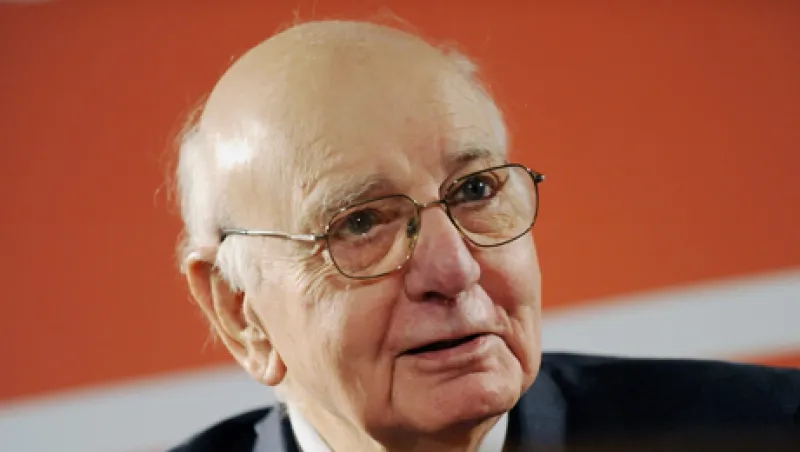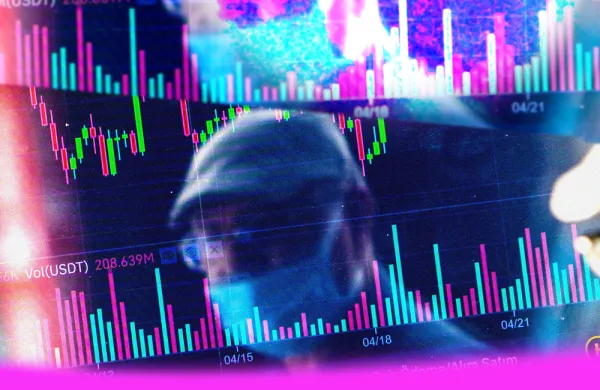The Volcker rule won’t fully take effect for more than three years, but some observers say the rule named for former Federal Reserve chairman and Obama administration adviser Paul Volcker is already starting to shape trading and liquidity patterns in the capital markets, beginning with corporate bonds. Add in other new banking regulations to come, and those patterns will become even more pronounced. The most likely result, experts say, is added cost, but some think the rule could also have the unintended consequence of heightening the risk of another financial crisis.
Increased cost would result primarily from the hit the changes will exact on the profitability of financial institutions, which are expected to seek to offset that cost by passing along the burden to clients, if only indirectly. The Volcker rule, part of the Dodd-Frank legislation enacted in 2010 to reregulate the industry, bans federally insured commercial banks from using their funds to place bets on their own account. Such proprietary trading accounted for a huge share of revenue at Goldman Sachs, Morgan Stanley and other investment banks during the bull market that ended in 2007. Those institutions, which became commercial banks so that they could obtain bailout funds during the credit crisis, have already shut down their proprietary trading desks, giving up the revenue and profits that drove much of their growth. Since Goldman and other big banks left the business, Wall Street profits and bonuses have plunged, signaling a long-term shift in banks’ business models that could yield a financial system that is less profitable but theoretically safer.
As a result, however, banks will not pursue bond underwriting as aggressively as they once did, and prices therefore will rise, says Kevin McPartland, an analyst with financial researcher TABB Group. “Given the nature of the Volcker rule, big companies like IBM may not issue as much debt as they once did. As liquidity in that market declines, companies may go back to funding themselves through bank loans,” McPartland says.
Some observers believe that is already occurring. Bond issuance in the U.S. declined in 2011 to $2.13 trillion, down from $2.56 trillion in 2011, according to Dealogic. The volume of syndicated loans rose to $1.87 trillion last year, from $1.13 trillion the year before. The shift has occurred despite the fact that rates on corporate bonds are hovering in the 3.3 percent range, near a record low.
The Volcker rule’s impact on the debt markets will be compounded by other regulations, such as the international Basel III banking regulations, which will boost the amount of capital that lenders must hold. Those rules also will push the cost of issuing debt higher “because the transaction costs of investment banking underwriters will no longer be offset by their own trading activities,” says Phillip Phan, dean of the Carey Business School at Johns Hopkins University. “More generally, the cost of debt issuance will rise because of compliance rules not directly related to the Volcker rule,” Phan says.
So far, the shift to loans has reduced costs for borrowers, now loan rates are currently lower than the rates for commercial paper, according to Phan. Over time, however, the loss of liquidity in the bond market may reverse that situation and create a drag on the growth of the corporate sector and the economy itself.
The Volcker rule and Basel III will also have unintended consequences. For example, a reduction in the inventory of bonds may spur a shift toward the use of more derivatives. “Asset managers already use CDSs to manage credit exposure, and in the future, they may use more CDSs as an alternative to credit,” McPartland says. While the use of CDSs is not necessarily going to make the markets riskier, the expansion of the CDS market is hardly one of the goals of the Dodd-Frank law. The effect of boosting the CDS market is difficult to predict, especially in the event of a crisis.
On the other hand, a shift to CDSs could reduce expenses for asset managers, according to McPartland. Instead of buying all 30 or 40 bonds that a company such as IBM might issue under current circumstances, a portfolio manager might decide to approximate that exposure by purchasing fewer CDSs, and even perhaps just one. “CDSs can scale more easily than credit,” McPartland notes.
To avoid breaking the new rules on proprietary trading, experts say that banks will hold their inventory of securities for shorter periods of time, just long enough to make a market for their clients, and the need to turn over their inventory at a faster pace will reduce margins. To compensate for that loss of profit, banks may shift some of the bond market to electronic venues and use high frequency trading to turn the credit markets into a higher volume, low-margin business, similar to that of equities, according to Patrick Whalen, head of buy-side trading at AllianceBernstein.
“Corporations may not issue new debt every two or three months,” Whalen says. As a result, there may be fewer instruments written to common standards and traded in electronic markets.
As former SEC chairman Harvey Pitt said of Dodd-Frank in 2010, “Each page drips with multiple unintended consequences.” While it is still too early to say just what those consequences are, let alone how they will play out, it is increasingly likely that higher costs will be one of them.






